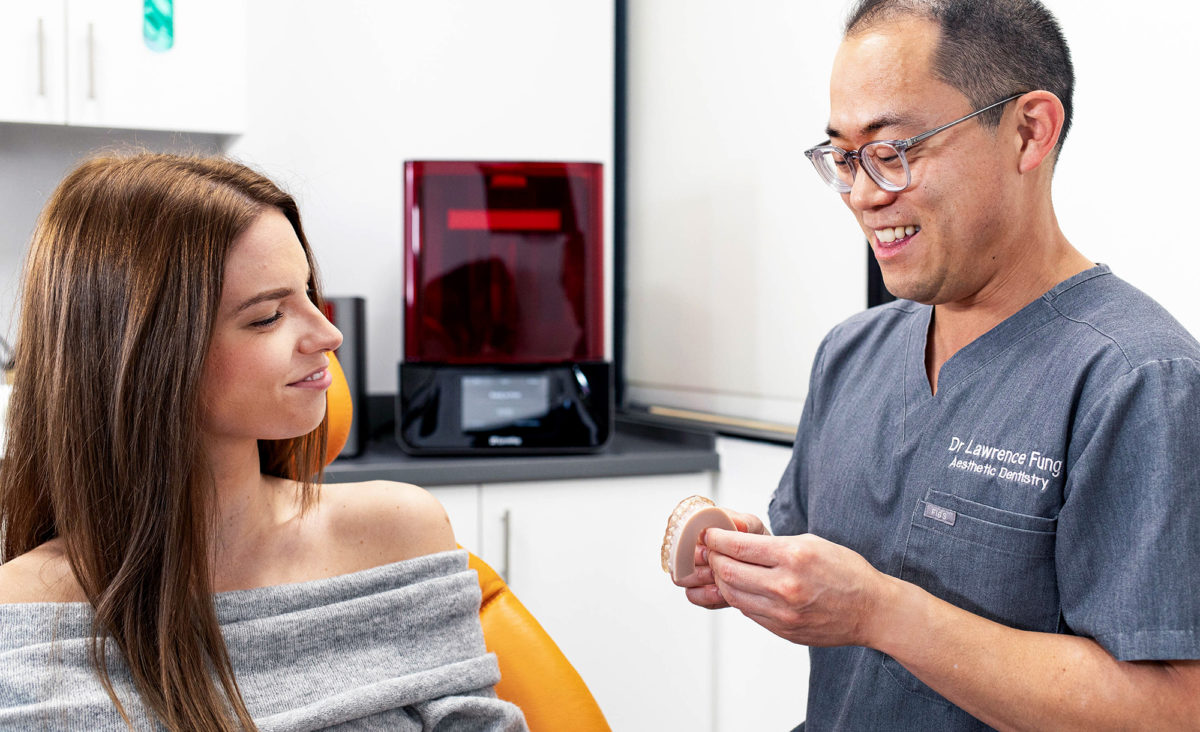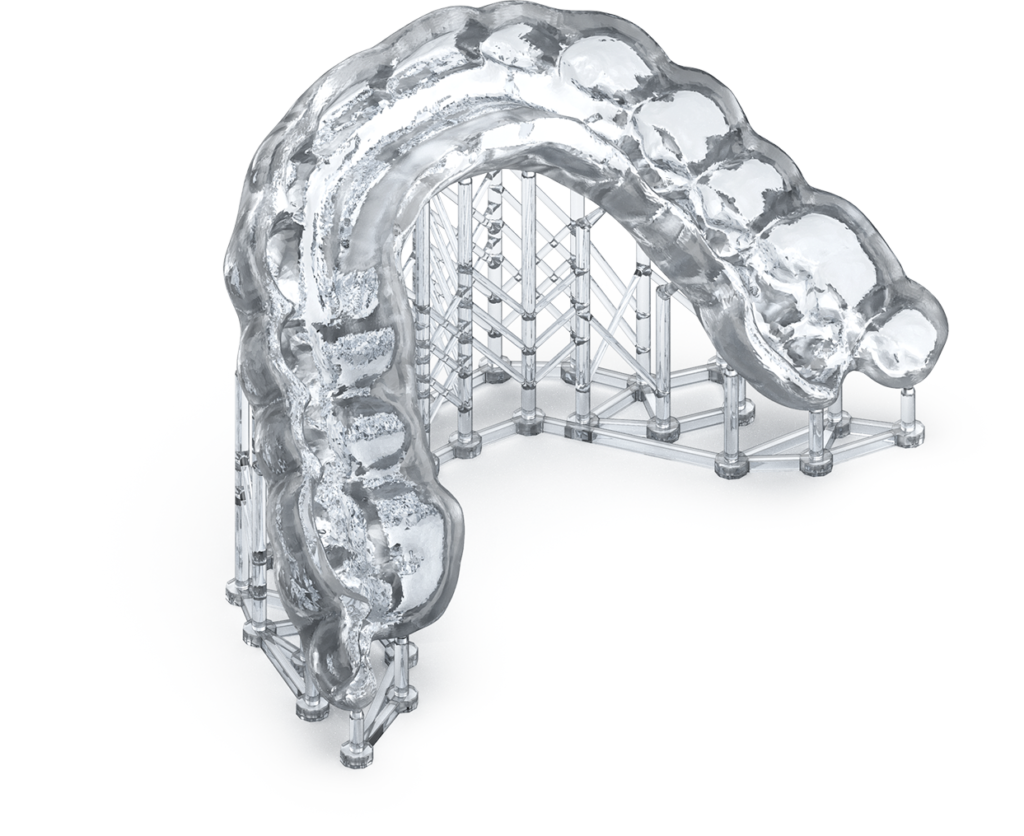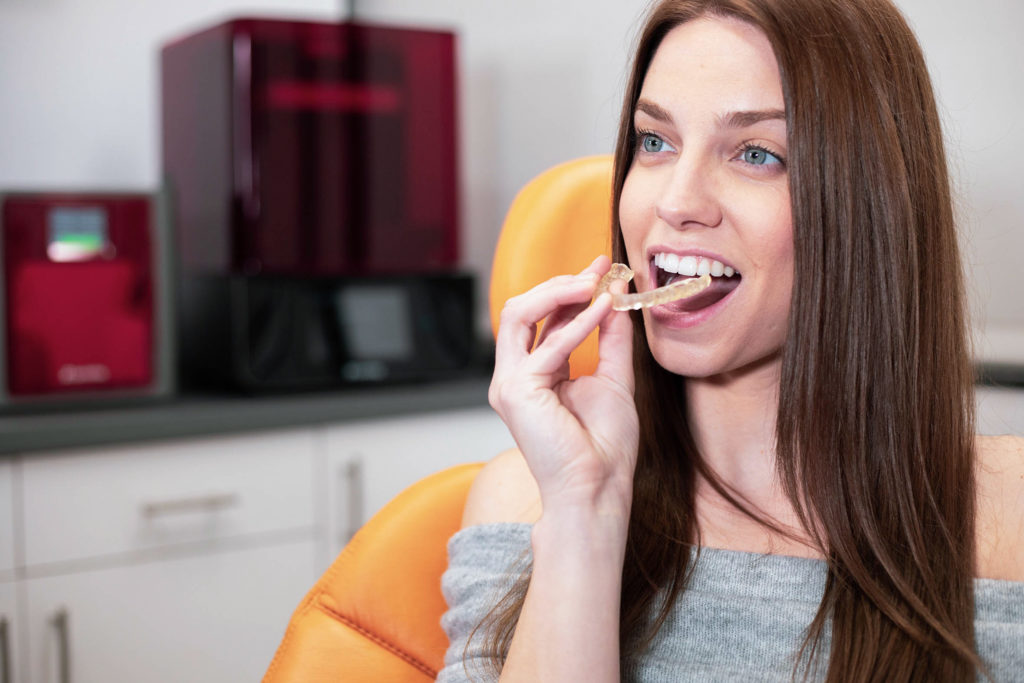Stressful Times and Impacts on Occlusal Health
Dental professionals are well acquainted with the physiological and parafunctional impacts of stress on the body. Elevated stress levels can activate a cascade of physiological changes that can exacerbate physical and mental health problems. As such, stress often takes a toll on occlusal health and, often manifesting in occlusal issues such as bruxism and TMD/TMJ, leading to new undesirable parafunctional habits in patients.
In light of the stress caused by threat of viral infection, as well as the current geopolitical climate, stress levels in patients have seen an unprecedented spike. Many patients are facing economic uncertainty, social instability, and worsening health problems. This increase in stress levels is likely to have a negative impact on the occlusal health of individuals.
Anecdotal accounts from dental practitioners and doctors imply that parafunctional habits and tooth fractures have increased among their patients. Practitioners are seeing an influx of patients with a range of parafunctional problems such as clenching, bruxism, TMD/TMJ, and issues with restorative mechanics.
Occlusal Guards – A Simple, Effective Treatment
To circumvent the painful and unpleasant side effects of these newly formed parafunctional habits, many patients are opting for the use of over-the-counter night guards. Often, they do so without realizing the health risks attached to these DTC appliances. At their best, DTC occlusal products are hindering and cumbersome to use. At their worst, they are problematic for long-term occlusal health.
DTC occlusal guards often do not account for the way that teeth come together, reducing their effectiveness in treating bruxism and grinding. Furthermore, occlusal guards can cause unintended occlusal changes. Therefore, for a safe and effective treatment, it is best that they are prescribed and produced under the care of a dental professional. It is crucial to advise your patients on the benefits of a professionally-made night guard. Proactively informing your patients of potential hazards of DTC appliances and offering them a customized alternative in their place could go a long way in ensuring their occlusal health.
However, conventionally-made occlusal guards can be expensive and labor-intensive to make, posing a daunting prospect to a patient already facing financial difficulties. Traditionally, occlusal guards have not been very affordable and the fabrication methods have been somewhat cumbersome. However, in these unprecedented times, your patients deserve all the support they can get, especially when it comes to protecting their smiles.
And this is where 3D printing can make a difference.
Protect a Smile
Here at SprintRay, we would like to help you extend your patient care beyond distance and beyond these troubling times. We have just launched the ‘Protect a Smile’, a campaign aimed at helping you protect your patients’ occlusal health and, in turn, their smiles. Currently, many patients are more vulnerable to occlusal problems than they have been before.
Occlusal guards are a seemingly small preventative measure that will go a long way in ensuring your patients’ ease of mind. With your help, we are hoping to make occlusal guards accessible and affordable to any of your patients who might benefit from this simple, effective treatment.
How 3D Printing Can Help
In recent years, many dentists have opted to use 3D printing in their practice to both simplify their work and make their treatments more affordable.
Conventional methods of occlusal guard fabrication are time-consuming and labor-intensive. Traditional methods can often yield end products with inconsistent quality. Remaking an occlusal guard, even if for the same patient, is a time-consuming affair that effectively requires the clinician to start from scratch. In-house 3D printing of occlusal guards can help sidestep many of these issues while allowing clinicians to more rapidly offer care.

An in-house 3D printer limits the need for labor and laboratory skills and cuts production time. Additionally, by saving patient files, they allow for the rapid reproduction of the occlusal guard for the patient. Their cheaper production cost also means that patients can afford to replace them if the need arises. While seemingly a small change, this will help eliminate hygienic issues or the health risks of using worn-out guards.
An in-house 3D printer can produce low-cost, high-quality occlusal appliance while giving you complete control over the process. Moreover, 3D printed products are precise, as they eliminate steps from the workflow and reduce the possibility of both human and mechanical errors. The digital nature of 3D printing allows for optimal patient care while minimizing the need for physical visits and hence the risk of COVID-19 transmission.
It is worth mentioning that the use of a 3D printer is not limited to occlusal guard production. A 3D printer in your workstation can optimize and elevate your practice on many different fronts. Their use in providing occlusal guards at a time when they are severely needed is an example of how well they can help doctors rise to unseen challenges.
As things stand at present, many patients will go on to face pandemic-related challenges and continue to work from home for an undetermined number of months. Therefore, preventative dental care is now more important than it has ever been. Traditionally, the focus of dentistry has been on hygiene and restorative measures more than preventative measures. However, with new challenges, we believe that it is time for a shift toward more holistic, more preventative, and more inclusive models of patient care.
3D printing can have massive implications for preventative and maintenance procedures and has the potential to help transverse unforeseen challenges in dental health.
Protect Your Practice. Protect Your Patients. Protect a Smile.
SprintRay’s new campaign, ‘Protect a Smile’, intends to do just that. We aim to help dentists navigate the changes and challenges that the new normal has thrown their way.
With one of our 3D printers on your side, you can provide your patients with the reassurance that no matter how tricky the times, they will not have to compromise their dental health due to financial difficulties. As things stand, it is highly likely that the need for occlusal guards among patients will continue to rise. An in-house 3D is an incredibly valuable addition to your practice, allowing you to produce accurate and affordable occlusal guards.
Our exclusive ‘Protect a Smile’ offer has been put together with you and your patients in mind. With these more than affordable bundles, we are hoping to do our part in helping preserve the smiles of your patients in these trying times. With the Protect a Smile promotion, your SprintRay Pro purchase comes with 10 free occlusal guard designs per month for the first 3 months that you own your printer. Thanks to our new Dashboard Design suite, all you have to do is scan your patient, upload the files, and receive a printable design within 24 hours. Simply print with SprintRay Splint or KeySplint Soft resin, sterilize, and deliver to your patient for a fraction of the time and cost of traditional methods.
We will be with you at every step of the way, helping you identify solutions that work best for you. We will ensure that you have all the support you need as you venture to make occlusal guards a standard practice in your clinic. With SprintRay as your in-office manufacturing partner, you can be confident in your ability to create occlusal guards that are cost-effective for your business and sensitive to your patients’ needs.
Sources
Brand, M. (2020). Stressed and grinding your teeth more during pandemic? Turn to a night guard, sticky note reminders to relax. Retrieved 26 October 2020, from https://www.kcrw.com/news/shows/press-play-with-madeleine-brand/climate-coronavirus-health-diversity-hollywood/teeth-cracked-grinding
Chen, T. (2020). A Dentist Sees More Cracked Teeth. What’s Going On?. Retrieved 26 October 2020, from https://www.nytimes.com/2020/09/08/well/live/dentists-tooth-teeth-cracks-fractures-coronavirus-stress-grinding.html
Kharma, M. Y., Koussa, B., Sadki, M., Abdulkarim, N., Aljefri, M., Alharthi, M., & Mohsen, M. (2020). Psychological impact of quarantine on mental and oral health: Lessons learned from previous quarantine and can be applied for current COVID-19 pandemic. International Journal of Oral Care and Research, 8(3), 52.
Mohsen, A., & Alharshani, A. (2017). 3D Printed Sports Mouthguard.
Wu, K. (2020). Desktop 3D Printing for Occlusal Splints – Decisions in Dentistry. Retrieved 26 October 2020, from https://decisionsindentistry.com/article/desktop-3d-printing-occlusal-splints/









